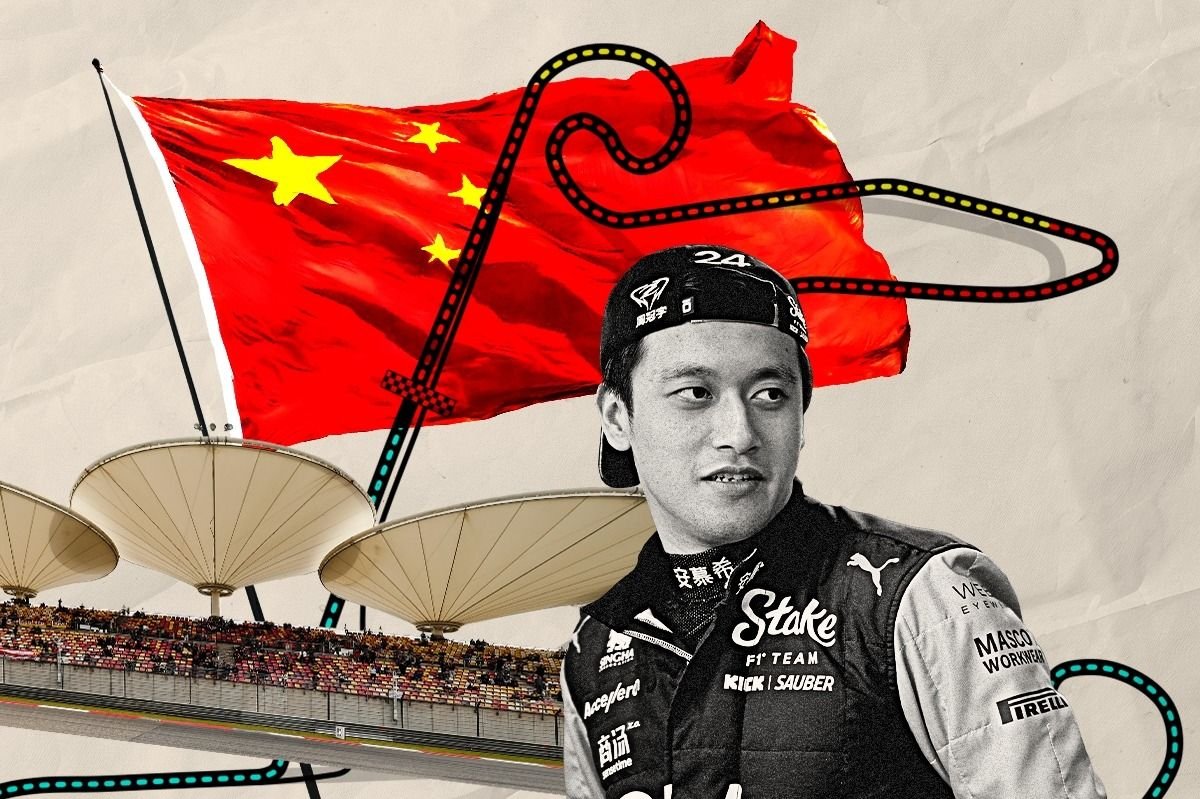The online ticket sales launch for the 2024 Chinese Grand Prix faced immediate chaos as overloaded servers caused havoc within minutes of its commencement. The system, intended to link pre-ordered tickets with identification, failed spectacularly, leaving many prospective buyers frustrated and blocked from purchasing tickets. Despite the backlash directed towards JUSS Sports, the ticket sales promoter, such technological mishaps weren’t entirely unexpected given the significance of the event.
After a hiatus of five years due to China’s stringent zero-Covid policy, the Chinese Grand Prix makes a highly anticipated return in 2024. This revival coincides with the debut of Zhou Guanyu, the first-ever Chinese Formula 1 driver.
Representing a nation with a relatively nascent motorsports history, Zhou’s presence has sparked immense excitement, overshadowing his current standing in the driver rankings. His participation in the Chinese Grand Prix is historic and symbolic of Formula 1’s efforts to cultivate a fanbase in China.

However, the future of the Chinese Grand Prix hangs in the balance, with its contract set to expire after 2025. The Shanghai International Circuit, the venue for the race, faces scrutiny for its suitability for Formula 1 racing. Despite uncertainties surrounding its continuation, the server meltdown during ticket sales is interpreted as a positive sign, indicating the race’s importance both for motorsports in China and the country’s emerging fandom.
The history of motorsports in China traces back to the 1980s when private car ownership was rare. The emergence of street-circuit races in cities like Zhuhai laid the foundation for the sport’s growth. Shanghai became the focal point for motorsports development with the construction of the Shanghai International Circuit in the early 2000s. Designed by Hermann Tilke, the circuit symbolizes China’s ambition to establish itself as a prominent destination for Formula 1.
Despite a promising start with sold-out races in its early years, attendance at the Chinese Grand Prix has dwindled over time. Factors such as the retirement of popular drivers like Michael Schumacher and Kimi Räikkönen, as well as team dominations, have contributed to waning interest among fans. Nevertheless, the allure of Formula 1 in China persists, fueled by the emergence of local talents like Zhou Guanyu and Ma Qinghua.
The Zhou Effect highlights the potential for Formula 1 to thrive in China, despite challenges and uncertainties surrounding the future of the Chinese Grand Prix. As more Chinese drivers ascend the ranks of motorsports and garner international recognition, the sport’s popularity continues to grow.
Zhou Guanyu’s participation in the Chinese Grand Prix represents a significant milestone, inspiring a new generation of motorsports enthusiasts and potentially securing the event’s legacy in China’s sporting landscape.

